Refine search
Actions for selected content:
140 results in Lectures, Workshops, and Proceedings of International Conferences
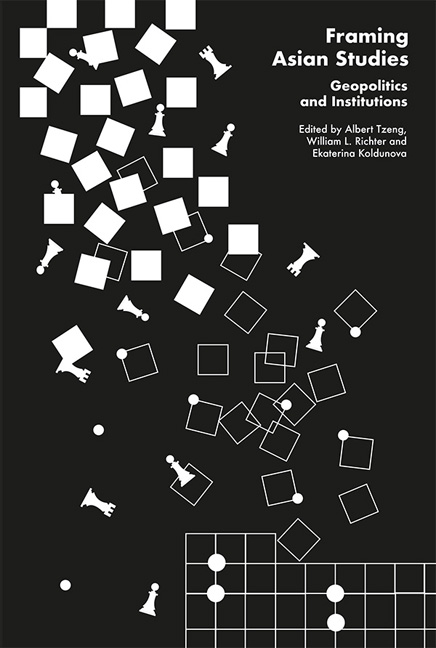
Framing Asian Studies
- Geopolitics and Institutions
-
- Published by:
- ISEAS–Yusof Ishak Institute
- Published online:
- 28 June 2018
- Print publication:
- 12 November 2018
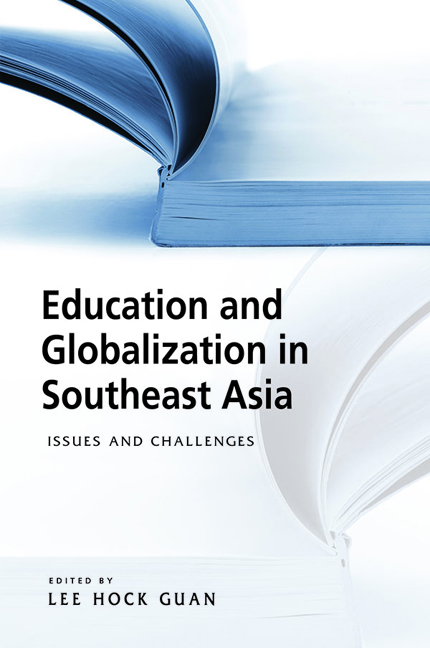
Education and Globalization in Southeast Asia
- Issues and Challenges
-
- Published by:
- ISEAS–Yusof Ishak Institute
- Published online:
- 12 January 2018
- Print publication:
- 27 September 2017
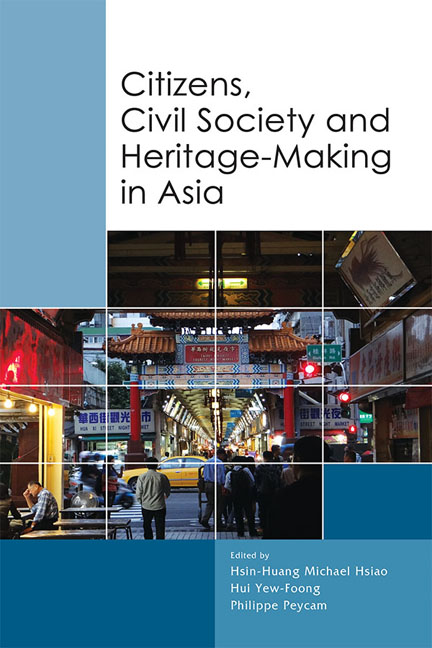
Citizens, Civil Society and Heritage-Making in Asia
-
- Published by:
- ISEAS–Yusof Ishak Institute
- Published online:
- 03 January 2018
- Print publication:
- 30 June 2017

ASEAN-China Relations
- Realities and Prospects
-
- Published by:
- ISEAS–Yusof Ishak Institute
- Published online:
- 18 November 2017
- Print publication:
- 17 August 2005

Marketization in ASEAN
-
- Published by:
- ISEAS–Yusof Ishak Institute
- Published online:
- 10 November 2017
- Print publication:
- 01 January 1991
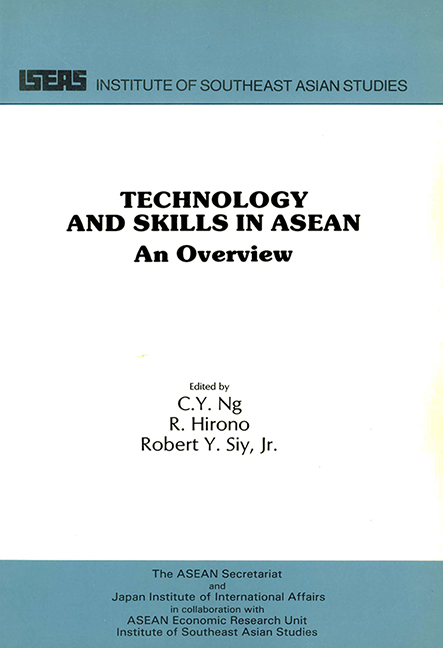
Technology and Skills in ASEAN
- An Overview
-
- Published by:
- ISEAS–Yusof Ishak Institute
- Published online:
- 09 November 2017
- Print publication:
- 01 January 1988

Tribal Communities in the Malay World
- Historical, Cultural and Social Perspectives
-
- Published by:
- ISEAS–Yusof Ishak Institute
- Published online:
- 09 November 2017
- Print publication:
- 26 August 2002
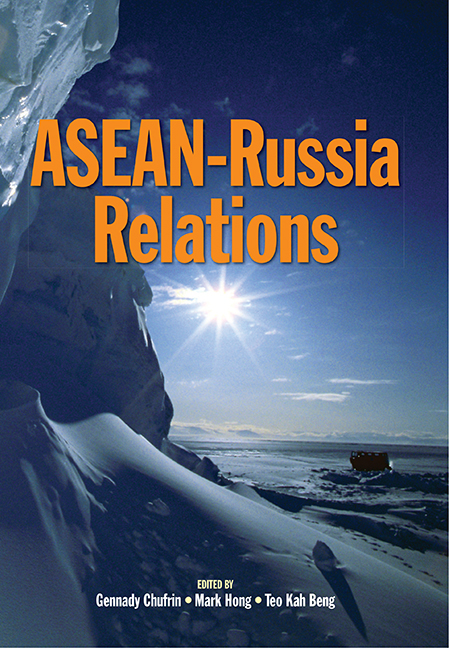
ASEAN-Russia Relations
-
- Published by:
- ISEAS–Yusof Ishak Institute
- Published online:
- 09 November 2017
- Print publication:
- 27 February 2006
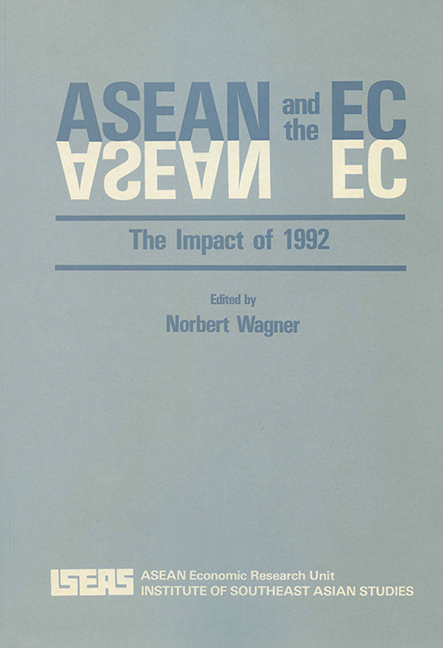
ASEAN and the EC
- The Impact of 1992
-
- Published by:
- ISEAS–Yusof Ishak Institute
- Published online:
- 09 November 2017
- Print publication:
- 01 January 1991

State-Owned Enterprise Reform in Vietnam
- Lessons from Asia
-
- Published by:
- ISEAS–Yusof Ishak Institute
- Published online:
- 09 November 2017
- Print publication:
- 01 November 1996

ASEAN in the New Asia
-
- Published by:
- ISEAS–Yusof Ishak Institute
- Published online:
- 09 November 2017
- Print publication:
- 01 July 1997
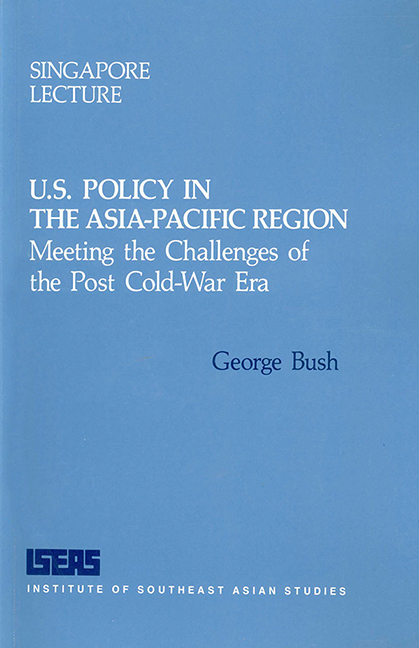
U.S. Policy in the Asia-Pacific Region
- Meeting the Challenges of Post Cold-War Era
-
- Published by:
- ISEAS–Yusof Ishak Institute
- Published online:
- 09 November 2017
- Print publication:
- 01 January 1992

Security Challenges for Southeast Asia after the Cold War
-
- Published by:
- ISEAS–Yusof Ishak Institute
- Published online:
- 09 November 2017
- Print publication:
- 01 January 1992

Southeast Asian Studies in China
-
- Published by:
- ISEAS–Yusof Ishak Institute
- Published online:
- 04 November 2017
- Print publication:
- 21 November 2006

Towards Realizing an ASEAN Community. A Brief Report on the ASEAN Community Roundtable
-
- Published by:
- ISEAS–Yusof Ishak Institute
- Published online:
- 04 November 2017
- Print publication:
- 19 November 2004

Nagapattinam to Suvarnadwipa
- Reflections on the Chola Naval Expeditions to Southeast Asia
-
- Published by:
- ISEAS–Yusof Ishak Institute
- Published online:
- 03 November 2017
- Print publication:
- 16 December 2009
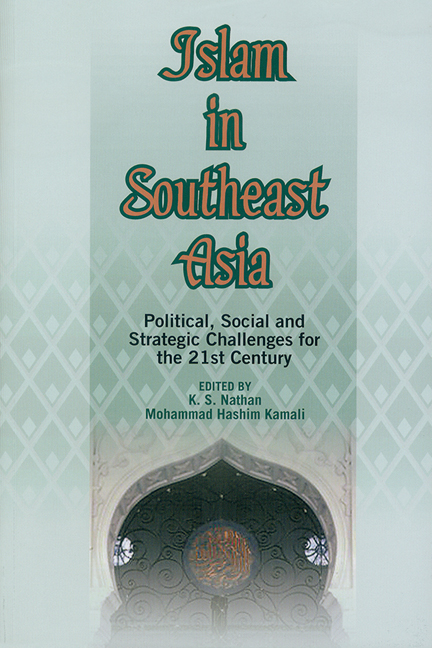
Islam in Southeast Asia
- Political, Social and Strategic Challenges for the 21st Century
-
- Published by:
- ISEAS–Yusof Ishak Institute
- Published online:
- 03 November 2017
- Print publication:
- 21 March 2005
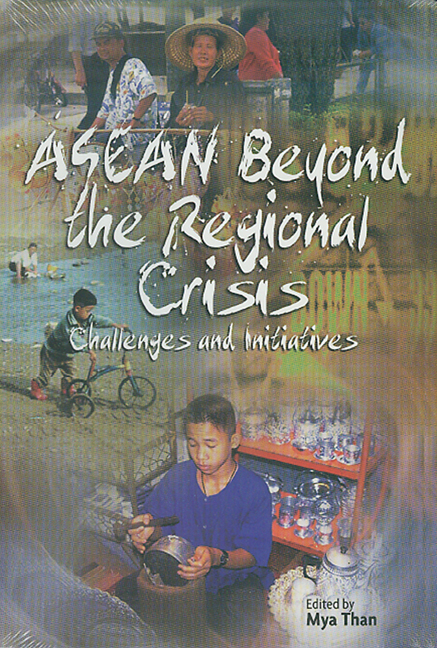
ASEAN Beyond the Regional Crisis
- Challenges and Initiatives
-
- Published by:
- ISEAS–Yusof Ishak Institute
- Published online:
- 03 November 2017
- Print publication:
- 19 March 2001
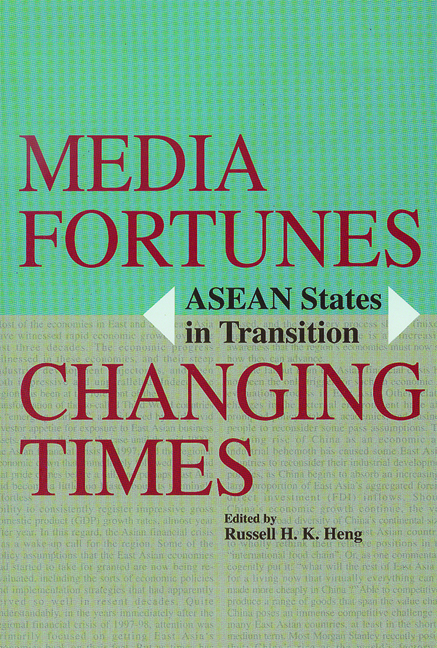
Media Fortunes, Changing Times
- ASEAN States in Transition
-
- Published by:
- ISEAS–Yusof Ishak Institute
- Published online:
- 03 November 2017
- Print publication:
- 30 October 2002
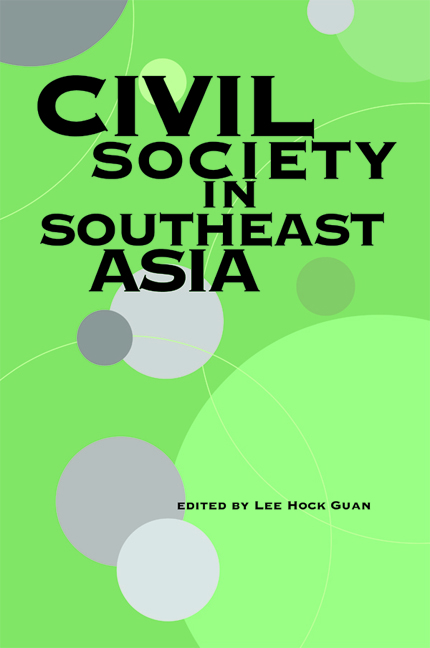
Civil Society in Southeast Asia
-
- Published by:
- ISEAS–Yusof Ishak Institute
- Published online:
- 03 November 2017
- Print publication:
- 29 November 2004
